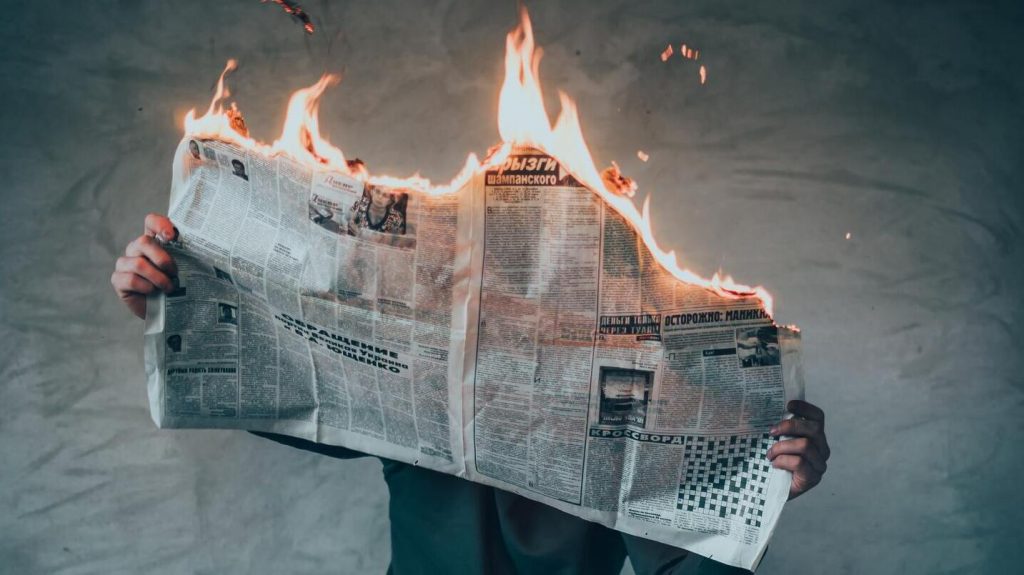
Photo by Elijah O’Donnell on Unsplash
In the midst of the Novel Coronavirus (COVID-19) outbreak, we are being bombarded with information at every turn. Do you know how to set apart valuable and factual information from misinformation, fake news and hoaxes?
It’s more important than ever to be aware of how to identify credible sources of information, especially around the management and response to COVID-19. The spectrum of national and international government departments, professional organisations and peak bodies that are weighing in here is enormous, not to mention the sheer amount of media articles being pumped out.
It’s essential to remember that some media outlets and publishers can be geared towards sensationalizing for the sake of a story. Ask yourself, are they just trying to:
- sell a publication?
- make a profit?
- increase their viewership?
- sway opinion?
Even when you’re watching TV or using social media, you should ask yourself:
- is this person/author a credible source of information?
- what are their sources? Where are they getting their facts?
- are you listening to an announcement from an expert or just a spectator opinion?
Use the CRAP test to evaluate the information you’re relying on:

Put your critical thinking hats on and evaluate information based on the above factors. It’ll help to set apart what’s factual and useful information from that which is exaggerated or unreliable.
Information can come from anywhere, but there are some sources in the midst of the COVID-19 outbreak that we can rely up on:
Prefer to keep up to date with the news and current affairs on social media? Look for the social media tiles on these sites to follow along on your preferred platform.
Want to know more about evaluating information or critical thinking? Watch this video below, or read this article by The Conversation.